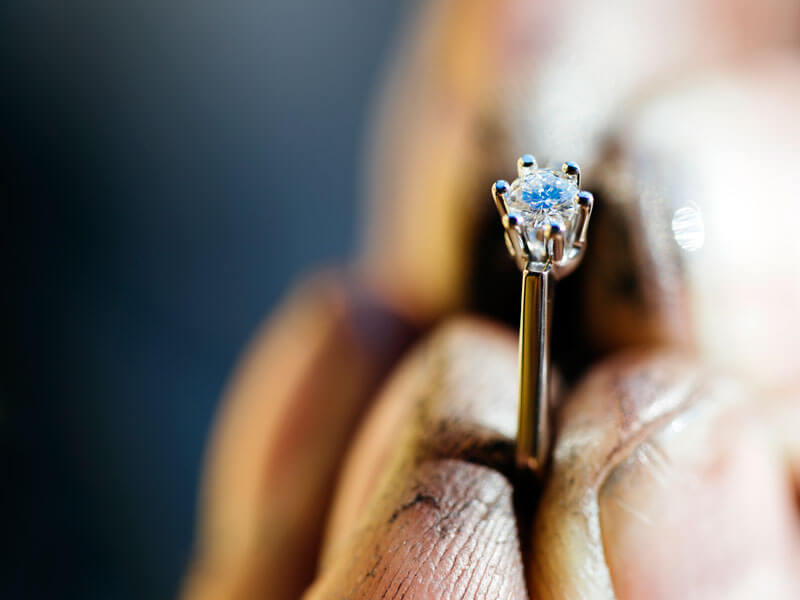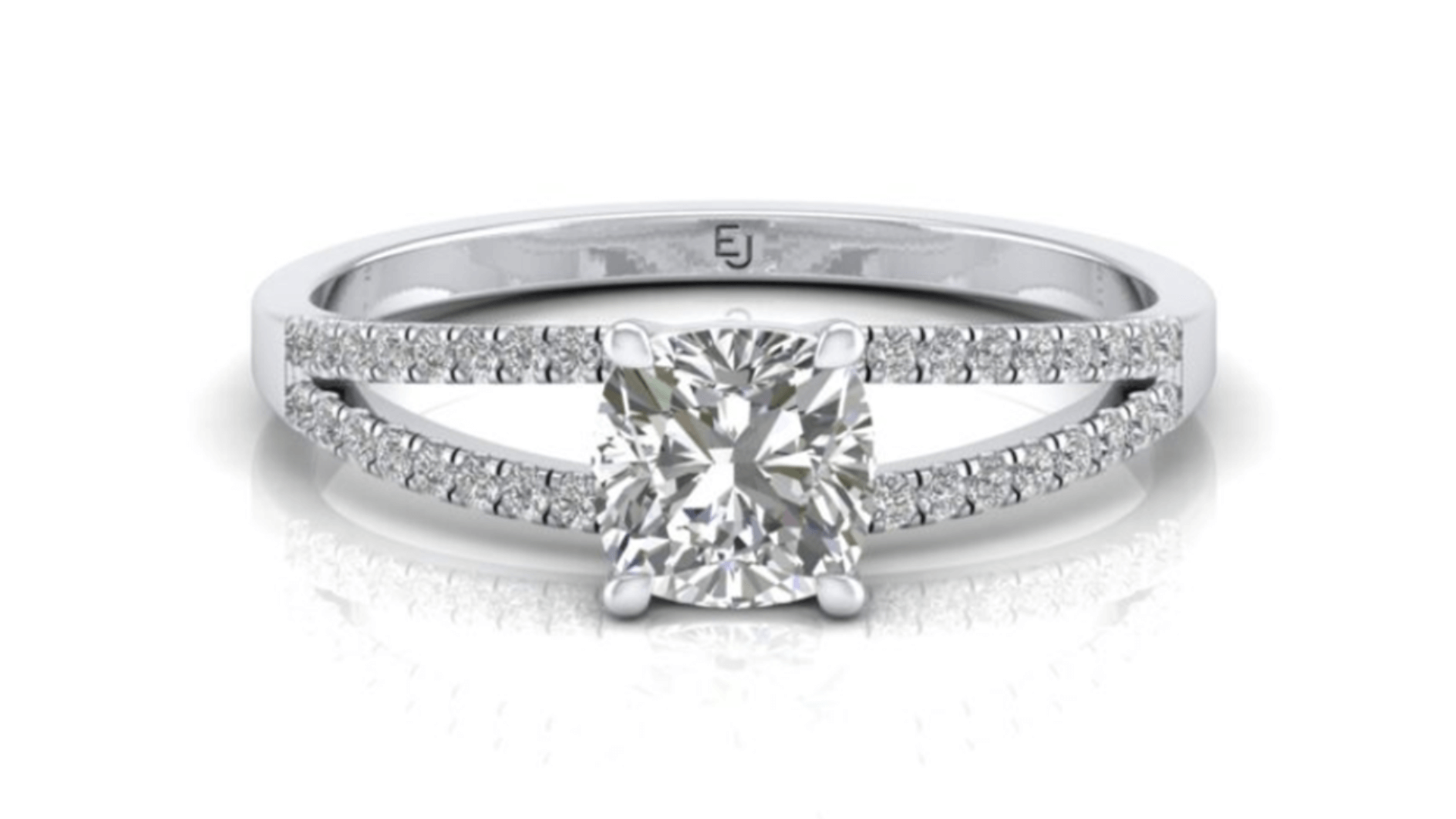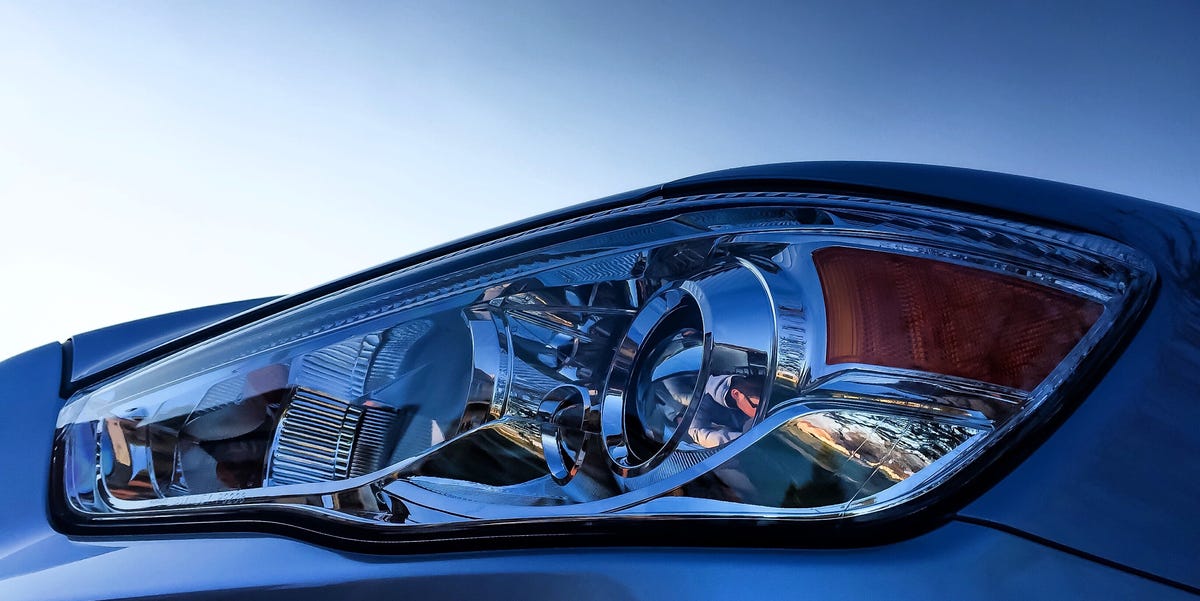Introduction
In the world of diamonds, the 4Cs—cut, color, clarity, and carat weight—serve as the ultimate guide to understanding a gem’s value and beauty. Whether you’re a seasoned jewelry aficionado or a curious newbie, knowing the ins and outs of these criteria can make all the difference. But have you ever considered lab diamonds? These marvels of modern science not only match their natural counterparts in brilliance but also come with their own set of benefits. In this article, we’ll delve into the fascinating realm of lab diamonds 4Cs, shedding light on what makes these engineered gems truly exceptional.
What Are Lab Diamonds?
Lab diamonds, also known as synthetic diamonds or lab-grown diamonds, are created in controlled laboratory environments using advanced technological processes. These processes mimic the natural conditions under which diamonds form in the Earth’s mantle. The result? A diamond that is chemically, physically, and optically identical to those mined from the ground.
How Are Lab Diamonds Made?
There are two primary methods for creating lab diamonds: High Pressure High Temperature (HPHT) and Chemical Vapor Deposition (CVD).
HPHT Method: This technique simulates the high pressure and high temperature conditions of the Earth’s mantle to produce diamonds.
CVD Method: In this process, a diamond seed is placed in a vacuum chamber filled with carbon-rich gas. As the gas breaks down, carbon atoms bond to the seed, growing a diamond layer by layer.
The 4Cs of Lab Diamonds
Just like natural diamonds, lab diamonds are evaluated based on the 4Cs: cut, color, clarity, and carat weight. Let’s break down each of these factors and see how they apply to lab-grown gems.
Cut: The Sparkle Factor
The cut of a diamond refers to how well it has been shaped and faceted. This determines how the diamond interacts with light, which in turn affects its brilliance and sparkle. A well-cut lab diamond will exhibit the same dazzling play of light as a well-cut natural diamond.
Excellent Cut: Reflects almost all light that enters the diamond, offering maximum brilliance.
Very Good Cut: Reflects nearly as much light as the excellent cut, but at a lower price.
Good Cut: Reflects most of the light that enters, though less than the very good cut.
Fair Cut: Reflects some light, but not nearly as much as a good cut.
Poor Cut: Reflects very little light, resulting in a lackluster appearance.
Color: Beyond the White Spectrum
Diamonds come in a variety of colors, with the most sought-after being completely colorless. The Gemological Institute of America (GIA) grades diamonds on a scale from D (colorless) to Z (light yellow or brown). Lab diamonds are no exception and can be found across this color spectrum.
Colorless (D-F): These diamonds are the most rare and valuable.
Near Colorless (G-J): Slight traces of color are present but hard to detect with the naked eye.
Faint (K-M): Noticeable color present, often at a more affordable price point.
Very Light (N-R) & Light (S-Z): These diamonds show an obvious color tint, usually yellow or brown.
Clarity: The Window to Purity
Clarity refers to the presence of internal or external imperfections, known as inclusions and blemishes, respectively. The clarity of lab diamonds is graded using the same scale as natural diamonds, from Flawless (FL) to Included (I3).
Flawless (FL) and Internally Flawless (IF): No inclusions visible under 10x magnification.
Very Very Slightly Included (VVS1 and VVS2): Inclusions are difficult to see even under 10x magnification.
Very Slightly Included (VS1 and VS2): Inclusions are visible under 10x magnification but not easily noticeable.
Slightly Included (SI1 and SI2): Inclusions are noticeable under 10x magnification and might be seen with the naked eye.
Included (I1, I2, and I3): Inclusions are visible to the naked eye and can affect the diamond’s durability.
Carat Weight: The Size Matter
Carat weight measures the size of the diamond. One carat is equivalent to 200 milligrams. While larger diamonds are generally more valuable, two or more lab grown diamonds of the same carat weight can have vastly different values based on their cut, color, and clarity.
Under 0.5 Carats: Ideal for delicate jewelry and budget-friendly options.
0.5 – 1 Carat: Popular choice for engagement rings, offering a balance between size and affordability.
1 – 2 Carats: Striking and noticeable, often considered a luxury choice.
Over 2 Carats: Rare and extravagant, these diamonds make a bold statement.
Why Choose Lab Diamonds?
Lab diamonds offer several advantages over their natural counterparts. Here are a few compelling reasons to consider them:
Ethical and Sustainable
Lab diamonds are grown in controlled environments, eliminating the need for mining. This makes them a more sustainable and ethical choice, Lab Diamonds 4Cs, as mining can have significant environmental and human rights impacts.
Cost-Effective
Lab diamonds typically cost 20-30% less than natural diamonds of equivalent quality. This allows you to get a larger or higher-quality diamond within your budget.
Identical in Every Way
Lab diamonds are chemically, physically, and optically identical to natural diamonds. Even expert gemologists need specialized equipment to tell them apart.
Conclusion
Understanding the 4Cs is crucial whether you’re shopping for a natural or a lab diamond. Lab diamonds offer a sustainable, ethical, and cost-effective alternative without compromising on quality or beauty. By exploring the 4Cs—cut, color, clarity, and carat weight—you can make an informed decision and find the perfect diamond that suits your needs and preferences. So next time you’re in the market for a sparkling gem, don’t overlook the incredible value and allure of lab-grown diamonds. After all, they shine just as bright and come with a story of innovation and responsibility.

 The Beauty and Benefits of Lab Created Diamond Earrings
The Beauty and Benefits of Lab Created Diamond Earrings  The Beauty and Meaning Behind the Toi et Moi Ring Diamonds
The Beauty and Meaning Behind the Toi et Moi Ring Diamonds  The Impact of Blood Diamonds: Understanding the Global Issue
The Impact of Blood Diamonds: Understanding the Global Issue  Novita Lab Diamonds: Redefining Luxury with Ethical, Sustainable, and Affordable Diamonds
Novita Lab Diamonds: Redefining Luxury with Ethical, Sustainable, and Affordable Diamonds  IGI vs GIA: Understanding the Difference in Diamond Grading
IGI vs GIA: Understanding the Difference in Diamond Grading  Lab Diamonds in Kuala Lumpur: A Growing Trend in the Jewelry Industry
Lab Diamonds in Kuala Lumpur: A Growing Trend in the Jewelry Industry  Platinum vs Gold Lab Grown Diamond Rings: Which is Right for You?
Platinum vs Gold Lab Grown Diamond Rings: Which is Right for You?  The Rise Made Diamonds in Barcelona: A Sustainable Luxury Revolution
The Rise Made Diamonds in Barcelona: A Sustainable Luxury Revolution  Novita Secret Platinum Formula: Unlocking the Secret to Radiant Skin
Novita Secret Platinum Formula: Unlocking the Secret to Radiant Skin 









